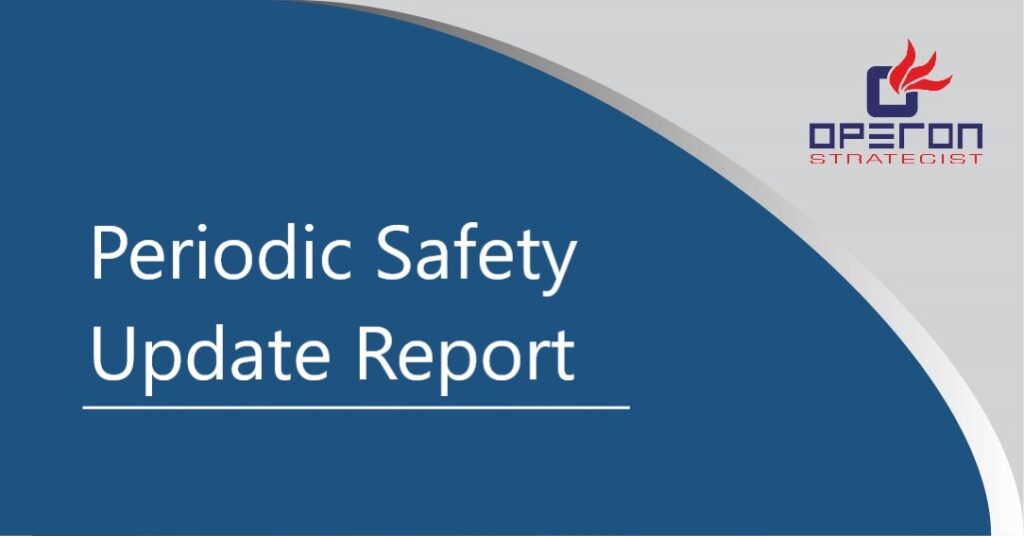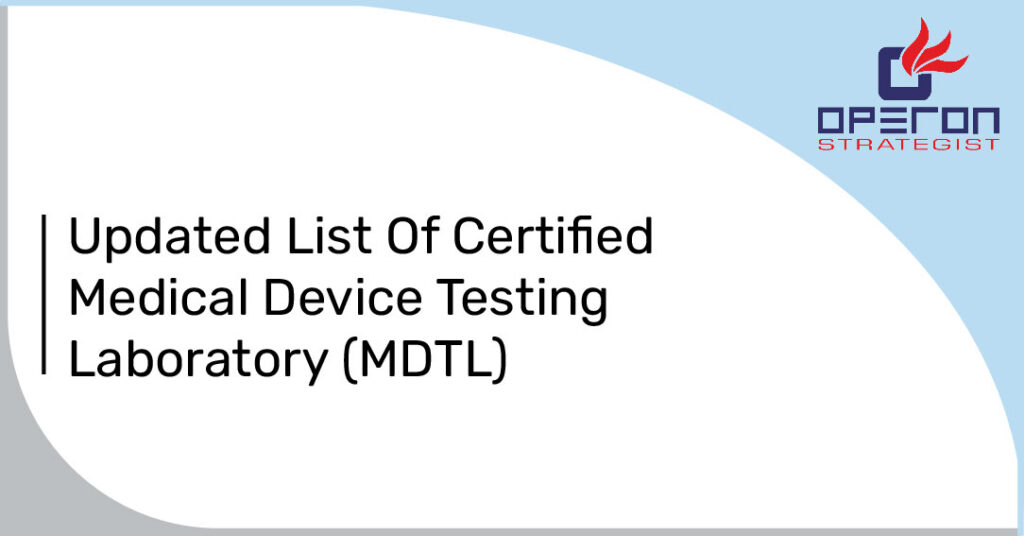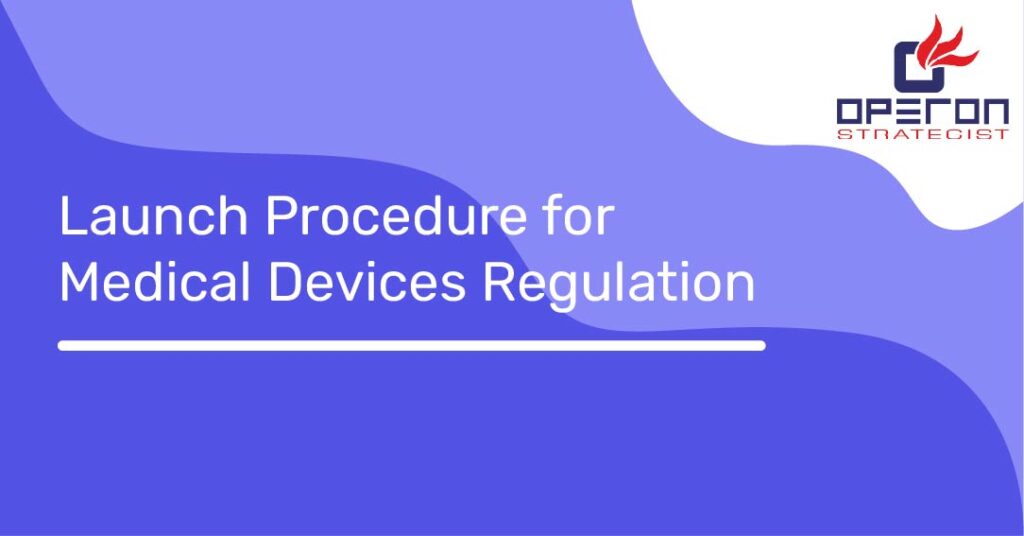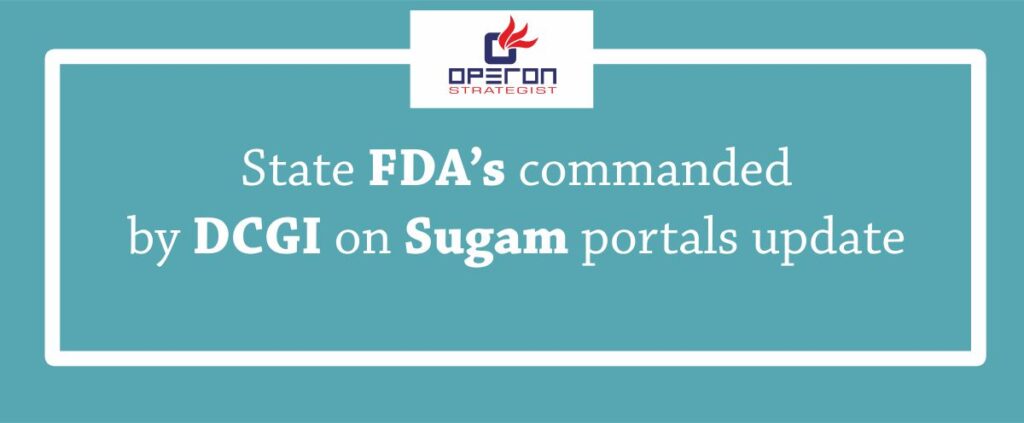What is PSUR?
Periodic Safety Update Report (PSUR) is document encompassing a summary of data procured from post market surveillance. In accordance article 86 of EU MDR/745, manufacturers of devices falling under moderate and high-risk classes, are obliged to prepare Periodic Safety Update Report.
- Operon strategist is a Turnkey project consultant ,we help our clients to make complete dossier for their overall project. To avail our services contact us or whatsapp us your requirement, we will be happy to assist you.
Devices of which classes require PSUR?
Depending on the risk class of the device, manufacturers are obliged to prepare either Post-Market Surveillance Report (PMSR) or Periodic Safety Update Report (PSUR). Following table summarises details of requirements set out in the MDR:
| MDR Classification | PMSR or PSUR | Submission |
| Class I | PMSR | Only upon request |
| Class IIa | PSUR | During notified body conformity assessment |
| Class IIb | PSUR | During notified body conformity assessment |
| Class III | PSUR | Via EUDAMED for notified body review |
Similarly, following are the requirements set out in the IVDR:
| IVDR Classification | PMSR or PSUR | Submission |
| Class A | PMSR | Only upon request |
| Class B | PMSR | Only upon request |
| Class C | PSUR | During notified body conformity assessment |
| Class D | PSUR | Via EUDAMED for notified body review |
Contents of Periodic Safety Update Report
Articles 86 of EU MDR 2017/745 sets out requirements for Periodic Safety Update Report (PSUR) and typical contents of PSUR are as follows:
- The conclusion of benefit-risk determination:
Benefit-risk analysis is a continuous process, which is a part of risk management process and it has to be carried out throughout lifecycle of the medical device, in accordance with EN ISO 14971. Data obtained from post-market surveillance shall be used for benefit-risk analysis. Depending on the risk class of the device involved, following factors shall be considered for the risk assessment process: - Number of cases and precision of estimate
- Extent and/or duration of use
- Frequency of specific event
- Impact on patient
- Public health impact
- Risk related to specific population
- Patient factors that are related to risk like age, disease severity, etc.
- Strength of evidence and its uncertainties .
At the end of risk management activities, manufacturer shall evaluate benefits and risks associated with the device and shall right conclusion of benefit-risk determination.
The main findings of the Post Market Clinical Follow-up (PMCF):
Post Market Clinical Follow-up shall be understood as a continuous process and details of outcomes and findings of any completed or ongoing PMCF studies must be provided. Following details of PMCF studies shall be provided:
- Name/code of conducted or ongoing study
- Name of country where study is conducted
- Total number of sites where study is conducted
- Total number of patients enrolled in study
- Device associated serious incidents or deaths
- The volume of sales of the device and an estimate evaluation of the size and other characteristics of the population using the device and, where practicable, the usage frequency of the device
Frequency of Update of Periodic Safety Update Report :
The frequency of update of Periodic Safety Update Report depends on the risk class of the device concerned. Manufacturers of class IIb and III devices need to update the PSUR at least annually, whereas, manufacturers of class IIa devices need to update the PSUR when required or at least every two years.
PSUR Periodic Safety Update Report are the meaningful and updated report which is helpful for the regulators and stakeholders to understand the safety and efficacy of your device. Operon strategist medical device consultancy provides turnkey services, system implementation, regulatory approvals and certification. The PSUR is an important pharmacovigilance tool as it identifies new safety signals, it is an indicator for the need of risk management initiative and also helpful to monitor effectiveness of such initiatives.
- adminhttps://operonstrategist.com/author/admin-2/
- adminhttps://operonstrategist.com/author/admin-2/
- adminhttps://operonstrategist.com/author/admin-2/
- adminhttps://operonstrategist.com/author/admin-2/




